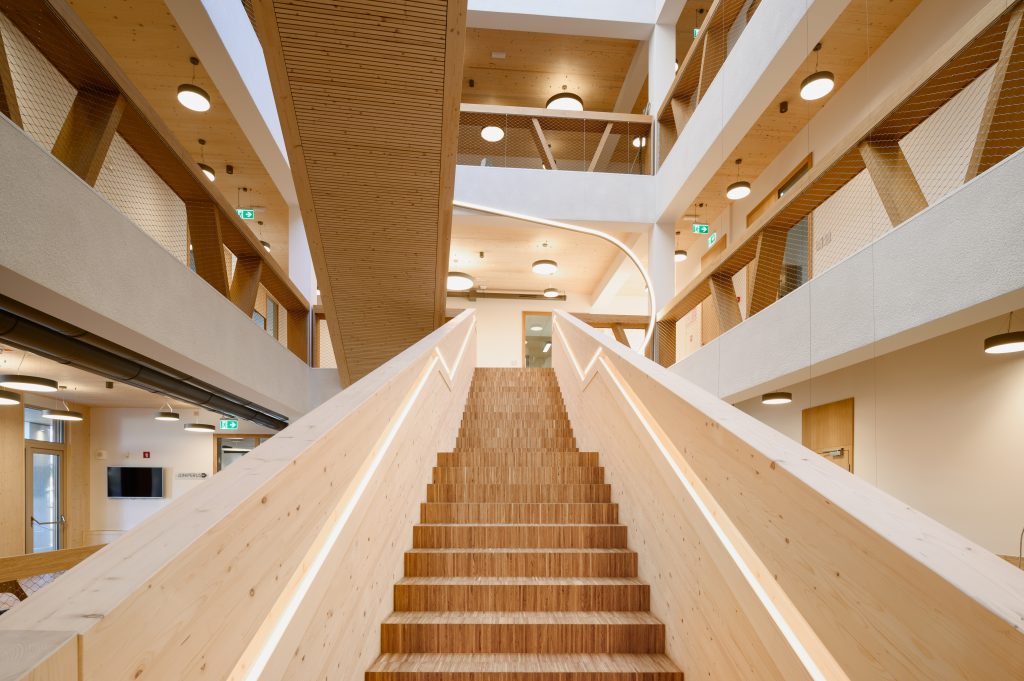
January 7, 2026

European archival material, written on acidic paper dating from 1830 onwards is falling apart. Many unique texts that witnessed events such as the Second World War have been lost due to material degradation and no method to stop this substantial loss of information and cultural history. In Slovenia, no successful deacidification methods, which would provide acid-neutralization, mechanical stabilization, for aged cellulose-based artifacts (e.g., paper) are available currently. Conservation measures that can be performed by hand are by far too slow to deal with the amount of paper material requiring urgent treatment. As an alternative to digitalization (can only partly rescue the information), deacidification methods were developed to rescue the acidic documents and book structure and are being used in some countries. None of these methods are without drawbacks, but there is the pragmatic opinion that it is wise to accept the disadvantages and save most of the materials.
In Slovenia, there is great demand to develop a method combining paper deacidification with a means to strengthen the material, impart flame-retardancy, and provide antimicrobial properties which would overcome the disadvantages of the currently used treatments and would address several problems simultaneously. The primary disadvantages in current paper deacidification methods are the bleeding of original stamps, uneven distribution of deacidifying material, no strength improvements, and the build-up of an adequate alkaline reserve against further degradation. In addition, the stored cellulose-based archival materials are likely to catch fire during a catastrophic event, which could lead to a major loss of very valuable items and preserved history of Slovenia and Europe during the last century and beyond. Therefore, protection from fire is essential to archival materials. It is necessary to develop a deacidification method for cellulose-based artefacts (e.g., paper, manuscript and documents), optimize the treatment procedure, and apply the new method to paper in Slovenian libraries/archives, and ultimately expanding to European-based archives.
InnoRenew CoE, together with project partners at the University of Maribor, Faculty of Mechanical Engineering, the National and University Library, and the Institute for the Protection of Cultural Heritage of Slovenia, engaged in the project Design of multifunctional polysaccharide composite nanoparticles for deacidification, strength improvement and prevention of microbial attack of historical cellulose-based artifacts (DeacidCellulose). This project targeted the preservation of cellulose-based cultural heritage for future generations. The main objective of this project was to formulate a new, simple, and inexpensive treatment method, for cellulose-based artifacts, that results in deacidification, flame-retardancy, antimicrobial properties, stabilization of the material, and improved strength.
During this three year project, financed by the Slovenian Research Agency (ARRS), an analysis of coating penetration by SEM was done in order to preserve the artificially aged acidic paper. The pH value of paper is a crucial determinant for paper degradation and its longevity. The addition of aluminum sulphate as a sizing agent in the final stages of papermaking from the mid-19th century until the final decades of the 20th century, is generally accepted as the main cause of paper acidity. Alum initiates hydrolytic reactions promoting acid hydrolysis and irreversible depolymerisation of cellulose chains.
Coating procedures using alkaline micro and nanoparticles are often used to neutralise the acidity and impart a certain alkaline reserve with the intent to preserve the alkaline conditions over a long period. One of the challenges of the micro and nanoparticle coatings is to achieve full particle penetration into the paper. Full penetration is crucial to protect the papers from degradation. Therefore, microscopic analysis combined with elemental composition analysis play an important part in identifying the penetration depth of the particle coatings.
In this analysis artificially acidified paper samples with an initial pH of 4.35±0.05 were coated with CaCO3 nanoparticles dispersed in ethylacetate using ethylcellulose as a stabiliser. The dispersions were prepared by firstly dissolving the ethylcellulose in the ethylacetate and secondly dispersing the CaCO3 nanoparticles in the ethylcellulose solution by ultrasonication. The acidic papers were dip-coated in the dispersion immediately after dispersion preparation and air-dried. Among the methods used to observe the samples was EDX analysis. To prepare the samples, cross-sections of the samples were prepared. While seemingly trivial, preparing a clean cross-section of paper proves challenging. Scissors are an obvious choice and cut paper by shearing the material, but result in the cross-section being destroyed, exhibiting torn fibres, and an uneven surface which is not possible to analyse via SEM or other microscopy. InnoRenew overcame this challenge by using an Ion beam mill. This method bombards the surface of a material with ionised atoms of argon. This process is akin to a sand blaster used to clean metals of paint/coatings, but on a nano scale. By using this method, we avoid the high forces that scissors and blades create, which subsequently make the surface unusable for microscopic examination. This method of sample preparation is excellent for preparing sensitive samples (like paper) and those that have varying densities of materials. By using this preparation method, we were able to prepare excellent cross-sections for further analysis.